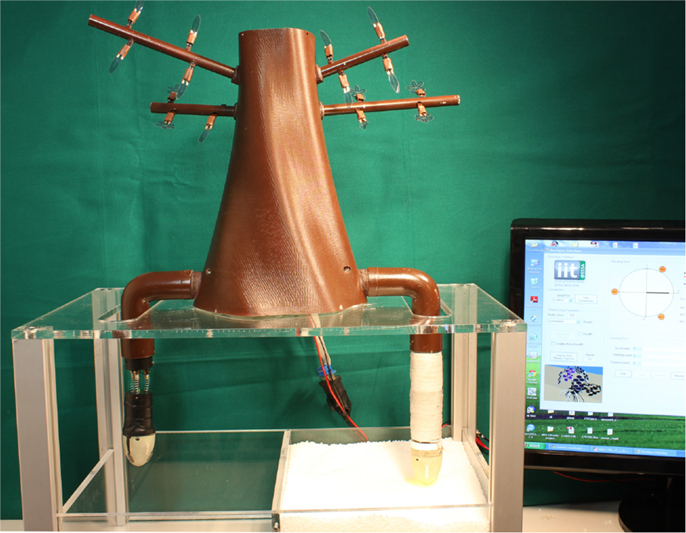Engineers, computer scientists, and plant biologists come together to create robot explorers inspired by plants
 We eat them. We breathe the oxygen they produce. We use their fibers in our clothes and we relax in their shade on hot days. It is easy to overlook our less mobile, chlorophyll-imbued counterparts, but we can learn a great deal from plants. Plants have inspired engineering, design, and, more recently, even robots called PLANTOIDS as highlighted recently by Dr. Mazzolai, head of the PLANTOID project in Italy. One everyday example of plant-inspired design is Velcro. After his mountain walks, a Swiss engineer realized that plant burrs stuck to his dog’s fur so tenaciously that he used the same principle to create a new type of fastener. In another example, scientists noticed the remarkable ability of lotus flowers to remain clean, despite growing in muddy water. By studying lotus petals, they created a self-cleaning paint that prevents dirt accumulation on building exteriors. Scientists have even created better crash absorbent foams by mimicking a pomello rind, which is so protective that the fruit can fall up to 15 meters without damage. These are just a few examples of the masterful engineering of the plant world. In addition to the padded rinds and the clinging burrs, plants have brilliant strategies for sensing and reacting to their environments. Plants sense sunlight, humidity, and temperature, as well as a multitude of chemicals. When the surroundings change, plants have varied responses including moving (like sunflowers following the sun), creating defensive toxins, or growing in a different direction. They do all of this without nerves or muscles. Because they cannot move as animals do, it is even more crucial that plants react efficiently to their environments. PLANTOID researchers are taking their knowledge of how plants sense and respond to their environment to design computers and robots that mimic plants, specifically roots. Plant roots are expert diggers: they can push through hard-packed dirt, navigating away from obstacles and towards water and nutrients. The project aims to create robotic roots that can grow, explore, and report on the chemicals around them. These plant robots might then be used to find water or valuable minerals, or to warn of toxic chemicals in the soil. In addition to these robot explorers, the project will also help researchers learn more about how real roots work. ~K.E.D.C.
We eat them. We breathe the oxygen they produce. We use their fibers in our clothes and we relax in their shade on hot days. It is easy to overlook our less mobile, chlorophyll-imbued counterparts, but we can learn a great deal from plants. Plants have inspired engineering, design, and, more recently, even robots called PLANTOIDS as highlighted recently by Dr. Mazzolai, head of the PLANTOID project in Italy. One everyday example of plant-inspired design is Velcro. After his mountain walks, a Swiss engineer realized that plant burrs stuck to his dog’s fur so tenaciously that he used the same principle to create a new type of fastener. In another example, scientists noticed the remarkable ability of lotus flowers to remain clean, despite growing in muddy water. By studying lotus petals, they created a self-cleaning paint that prevents dirt accumulation on building exteriors. Scientists have even created better crash absorbent foams by mimicking a pomello rind, which is so protective that the fruit can fall up to 15 meters without damage. These are just a few examples of the masterful engineering of the plant world. In addition to the padded rinds and the clinging burrs, plants have brilliant strategies for sensing and reacting to their environments. Plants sense sunlight, humidity, and temperature, as well as a multitude of chemicals. When the surroundings change, plants have varied responses including moving (like sunflowers following the sun), creating defensive toxins, or growing in a different direction. They do all of this without nerves or muscles. Because they cannot move as animals do, it is even more crucial that plants react efficiently to their environments. PLANTOID researchers are taking their knowledge of how plants sense and respond to their environment to design computers and robots that mimic plants, specifically roots. Plant roots are expert diggers: they can push through hard-packed dirt, navigating away from obstacles and towards water and nutrients. The project aims to create robotic roots that can grow, explore, and report on the chemicals around them. These plant robots might then be used to find water or valuable minerals, or to warn of toxic chemicals in the soil. In addition to these robot explorers, the project will also help researchers learn more about how real roots work. ~K.E.D.C.

